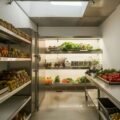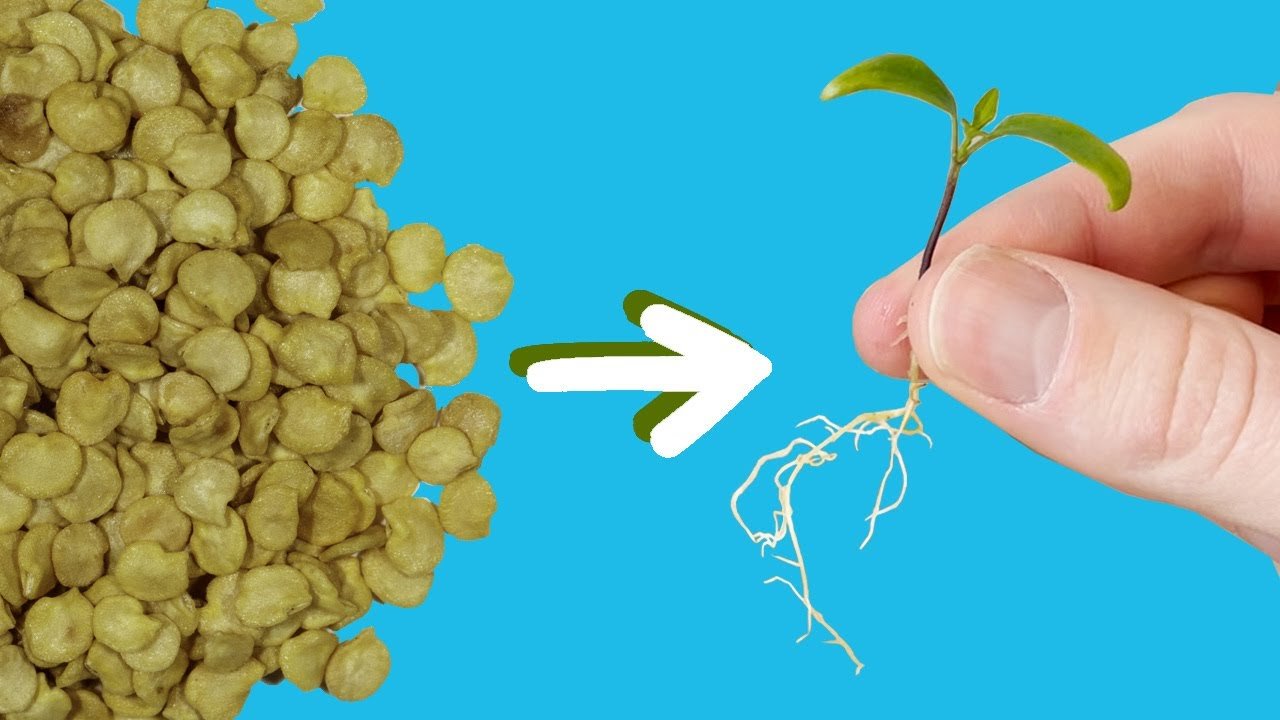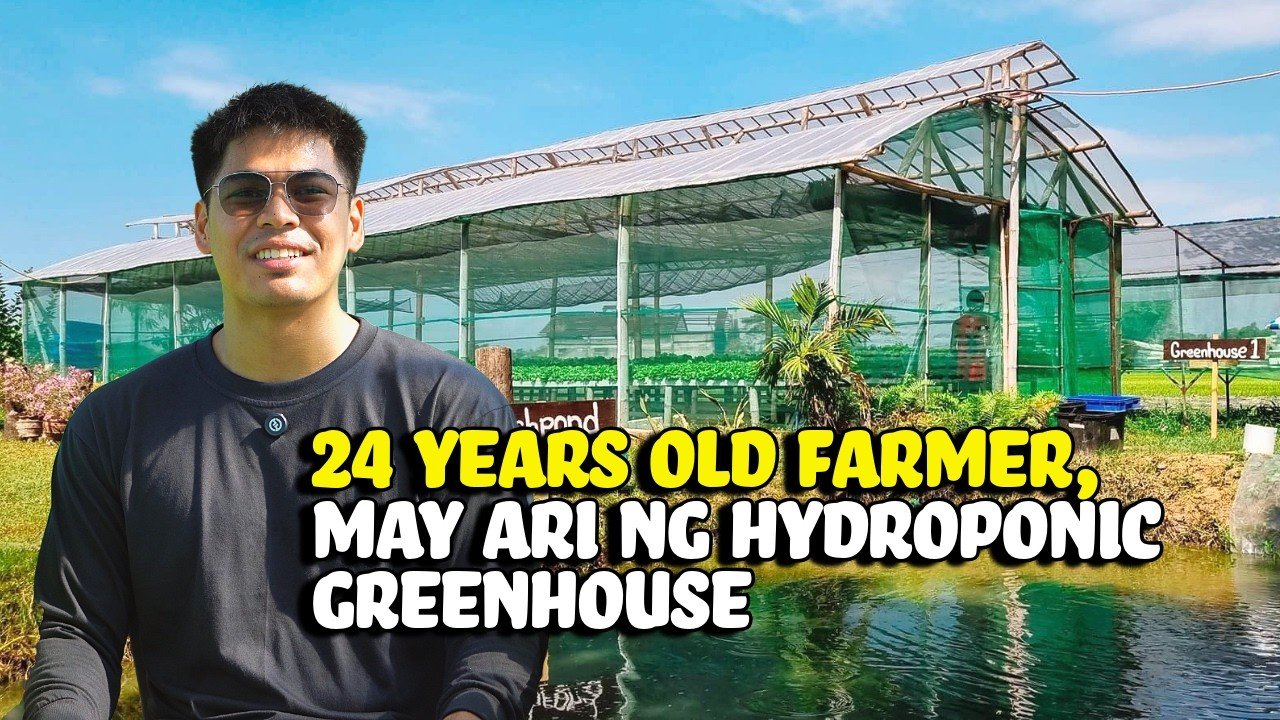My Aquaponics Adventure in Orlando: A Fishy Tale of Triumphs and Trials
You know that feeling when you stumble upon an idea that seems not just intriguing, but downright revolutionary? Picture me, a proud Orlando resident with a penchant for DIY projects, holding a steaming cup of coffee in my hands while I read about aquaponics—a symbiotic relationship between fish and plants that seemed almost magical. “Why not?” I thought. “How hard could it be?” Little did I know, the journey would be filled with more twists than a Florida highway.
The Spark of Inspiration
It all started one sunny afternoon, the kind of day where the air was thick with warm, muggy excitement. I had just attended a local workshop that piqued my interest. I could practically picture my tiny backyard transforming into a lush paradise, filled with vibrant greens and glistening fish. As I returned home, I rummaged through my tool shed, feeling like a modern-day aquaponics wizard. I dug out my old plastic barrels—leftover from a rainwater collection system I had scrapped last year—and some wooden planks that had seen their better days. I was ready to get going.
The Planning Stage (or Lack Thereof)
Now, if I had taken a moment to do some actual planning, maybe I wouldn’t have ended up with a mishmash of components and a head full of ideas that were more confusing than enlightening. I wanted a fish tank and a grow bed all in one. So, I secured two barrels together, creating what I thought was a work of art. It was a little wobbly to stand on its own, but my enthusiasm blinded me to its flaws.
I decided on tilapia for my fish—the cheap and hearty choice that seemed like a perfect fit. I imagined them swimming happily, while my basil, tomatoes, and lettuce thrived above them, drawing nutrients from the fish waste. I could already taste the Caprese salad.
The Fishy Setup
Fast forward, and I was standing there knee-deep in water, inhaling the oddly sweet, earthy smell that wafted up from my creation. I mixed in the water, some goldfish from a local pond (I figured they could be a temporary placeholder until my tilapia arrived), and a brand-new pump I had ordered online. Hooking everything up was an adventure; you know that glorious moment when you think you’ve nailed it? I was feeling like the Leonardo da Vinci of aquaponics, all proud and smug.
But reality hit when, three days later, the water started turning a murky green, which I learned was actually an algae bloom. My golden fish were not so golden anymore; they had almost turned into ghostly, floating ornaments in my tank. I almost gave up—after all, how hard could keeping a handful of fish alive really be?
The Unraveling
Burdened with despair and a few dead fish, I hit the internet. There were articles, videos, and forums filled with well-meaning beginners and expert teachers who made things look so easy. Armed with my new knowledge, I tried to make sense of the chaos. I learned about cycle times, water pH levels, and the importance of beneficial bacteria. Who knew there was so much science involved in fish and plants?
After many late nights researching, I begrudgingly accepted that perhaps my setup wasn’t destined for fame after all. With my heart heavy, I saved up more money and finally purchased a proper water testing kit and a better pump. As I wielded these new tools, I felt like a mad scientist painstakingly perfecting his experiment, hoping against hope that the next cycle would breed success.
Small Victories
Weeks later, I got my first non-goldfish batch of tilapia. Oh, can you picture the joy? I felt like I had unlocked some sort of life achievement. I modified the setup a bit, sinking my newly decorated grow beds into the barrels, and stood back to admire my work. I even discovered that my friend’s son had a stash of herbs he needed to get rid of, so I planted a few extra varieties, including mint and cilantro.
And wouldn’t you know it? Things started to look up. My plants began to shoot up, and the tilapia, now less like bobbing corpses and more like lively little fish, seemed to thrive. Though I still had the occasional casualty (rest in peace, Charlie the tilapia), it was becoming a rhythm—a less chaotic dance of fish and plants.
Reflection and Realizations
Looking back now, it’s easy to smile at those frustrating moments. The water may have smelled weird, and I certainly lost my fair share of fish friends, but every hiccup was a stepping stone. It was the joy of triumphing over algae and learning to balance my tiny ecosystem.
If there’s anything I’ve learned through this process, it’s that perfection isn’t the aim. There wasn’t a grand epiphany or a single moment that made it all come together; it was the willingness to keep trying, to learn, and to adapt that ultimately rewarded me.
So, here I am, still tinkering with my little paradise, sharing my story with a heart full of hope. If you’re considering diving into aquaponics, take my advice: don’t sweat the small stuff. It’s okay if everything isn’t perfect right away. Just start. Get your hands dirty, mess up a few times, and make your backyard your own.
Ready to embark on your own aquaponics quest? You can get started by joining the next session here. Trust me; you’ll figure it out as you go, and that’s the beauty of it all.







Leave a Reply